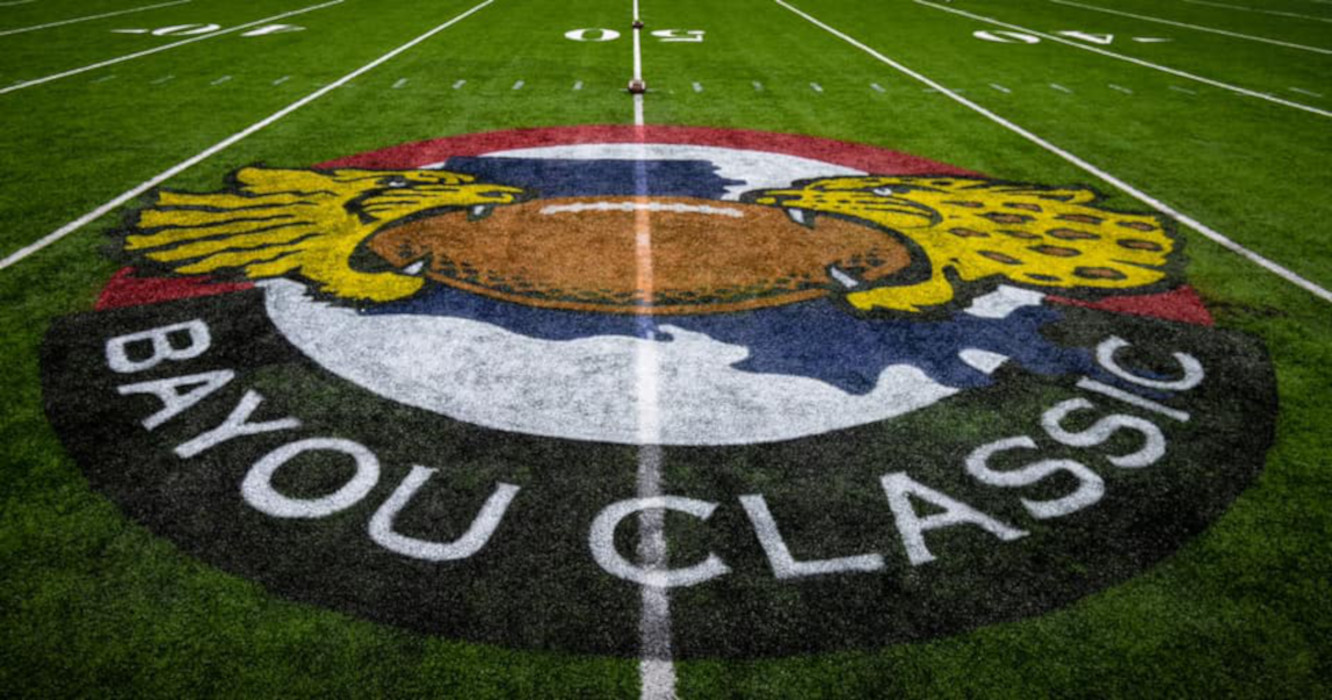The Bayou Classic, a game that already carries historical significance, will feature a college football first this weekend.
The NCAA Football Rules Committee approved a waiver for in-game coach-to-player electronic communication during Saturday’s Grambling State-Southern matchup.
The rivalry game will be the first collegiate football game to allow the use of this technology, which allows a coach to speak directly to one player on the field who has a helmet receiver. The NFL has used this type of technology for more than two decades, but costs and other operating logistics have stalled its use in NCAA competition.
“There are many technology initiatives that have been discussed in the NCAA Football Rules Committee, and coach-to-player communications continues to be the top technology request from our coaches to study,” said Steve Shaw, the NCAA football secretary-rules editor and national coordinator of officials. “With the approval of the rules waiver for this specific game to allow a test for this initiative, I look forward to getting feedback from both schools on the value and feasibility of coach-to-player communications.”
Also read: MEAC suspends 14 Howard players involved in brawl
This technology waiver will carry the following requirements:
- The coach-to-player communications must be switched off by a neutral party designated by game management when the play clock goes below 15 seconds and must stay off through the end of all live ball action.
- If there is a total failure of either team’s system, the shutoff switch will be used to stop all communications for both teams until the problem is resolved.
- Each team will be allowed eight-player units, four each for offense and defense. Each team can have only one player with a helmet receiver on the field at one time. During special team plays (free kicks and scrimmage kicks), only one player from each team may have a receiver on the field, and it can be designated from the offense or defense.
- To denote that a player has a receiver, each team will be required to place an identifying sticker on the back of each helmet that contains a receiver. The sticker should be large enough to be clearly visible to officials. It will be the team’s responsibility to manage players and helmets to ensure that only one of their players on the field at a time is wearing a receiver.
“This can be a game-changer for college football,” said Jason Rollins, interim head coach at Southern University. “When we found out that we were going to have this opportunity, we called around and spoke to a few NFL people on how this can help. They all had positive things to say. It keeps the players focused on the game plan and how a play should be executed.”
Courtesy: NCAA







